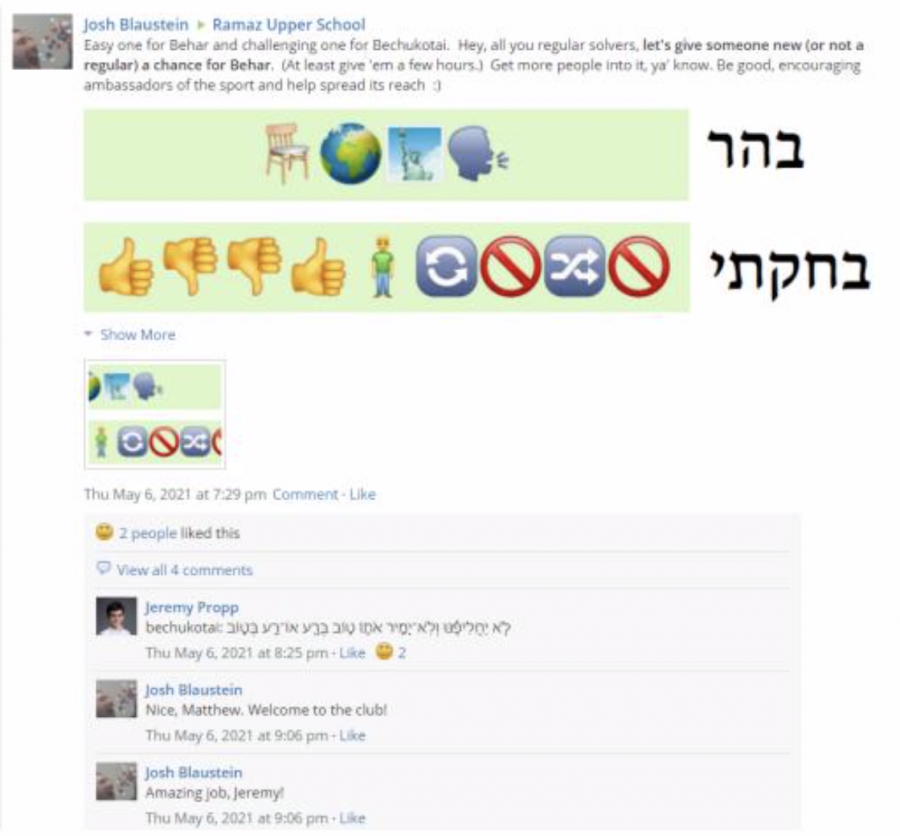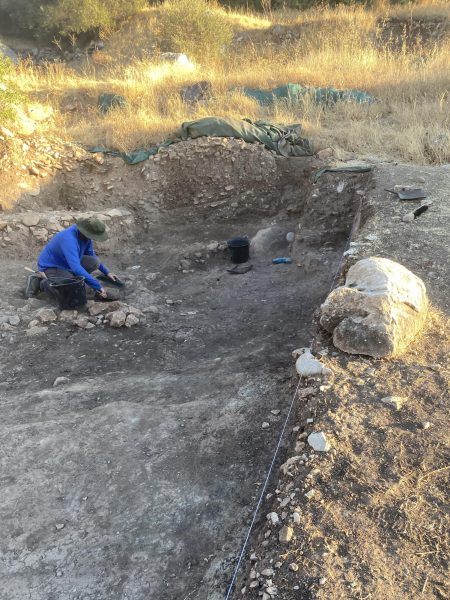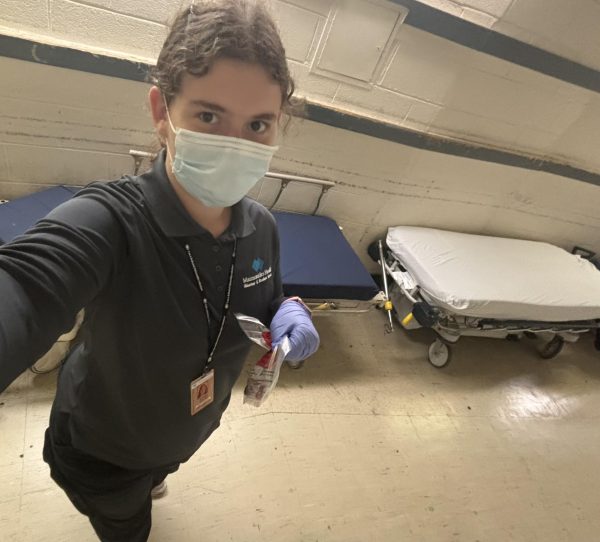Parsha Puzzles
Every week another mysterious line of emojis is waiting to be deciphered. This year, Rabbi Blaustein began posting his Parsha puzzles to Schoology for students to solve. Each string of emojis represents a pasuk from that week’s Parsha. Over the course of this year, these Parsha puzzles have become a much more competitive endeavor, with students racing to solve them. Within minutes of posting the puzzle, students are already commenting their guesses and waiting for Rabbi Blaustein to announce a winner for that week’s puzzle.
These Parsha puzzles raise many questions: Who makes them? How are they made? What is the future of the puzzles? An interview with Rabbi Blaustein helped the mastermind behind puzzles elucidate some of these questions. He explained that his inspiration for creating the puzzles was from the Academy of the Hebrew Language, the place responsible for creating new Hebrew words. Blaustein said that he follows the academy on social media, and they posted a series of puzzles from Tanach that he enjoyed doing.
Another inspiration that came to mind is Dr. Rotenberg, who created a megillah out of emojis that hangs up in school around Purim time. After doing the puzzles posted by the academy, Blaustein decided he wanted to make some himself and decided, like Dr. Rotenberg’s megillah, to make his puzzles from emojis. To make the puzzles every week, he goes through the Parsha and writes pesukim he thinks he could translate well into emojis. He then types out the emoji onto WhatsApp, screenshots and edits them to be posted onto Schoology for students to enjoy. For the future of the puzzles, he says, “overtime I’ve experimented with different things like not only emojis so we’ll see where I go but I’d like there to be other types of puzzles too.” He also plans to develop the actual content of his puzzles to require students to think and learn more about the pesukim.
An example of this is in Parshat Vayechi, where he used a red emoji whereas according to some commentators, like the Ramban, it should have been a blue emoji. Adding aspects like these to the puzzles forces students to delve deeper into the language so they are actually learning what the words mean. Overall, there is a promising future for these puzzles to continue and further encourage students to learn more Torah.



